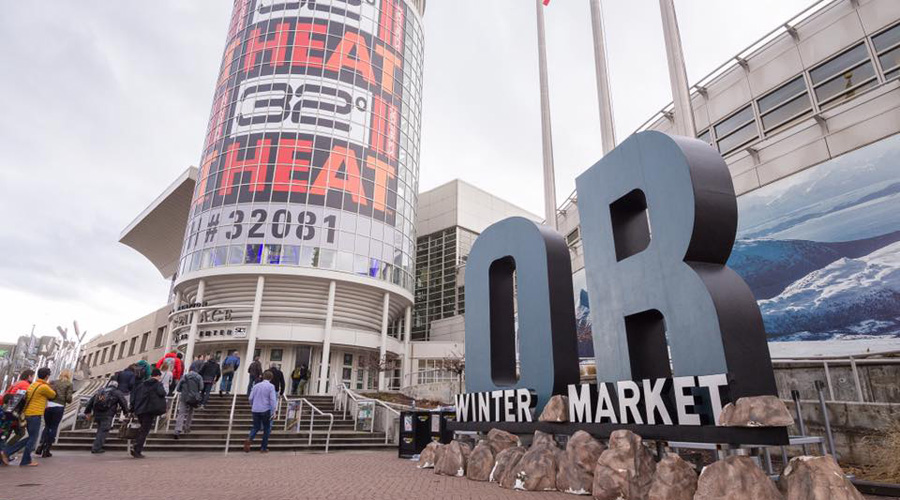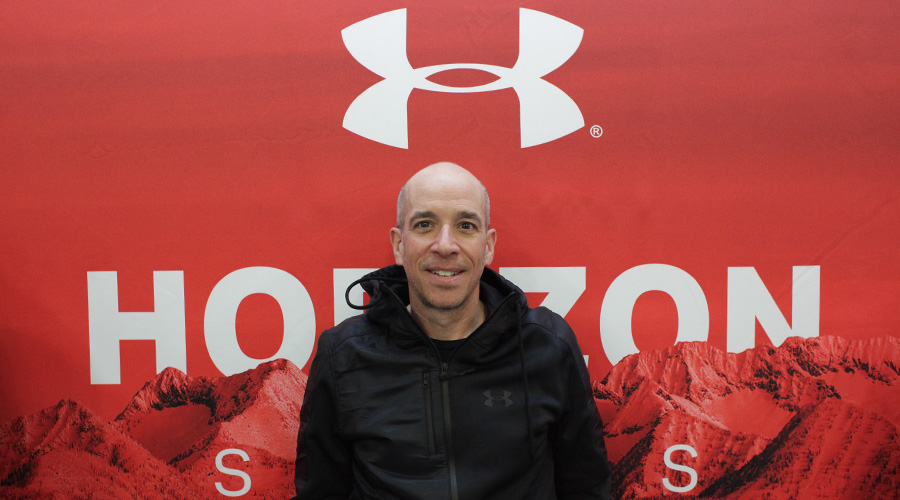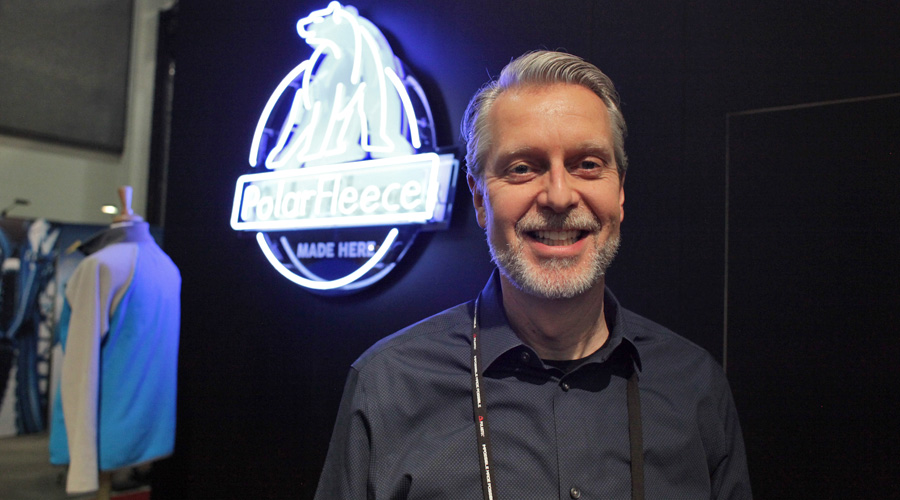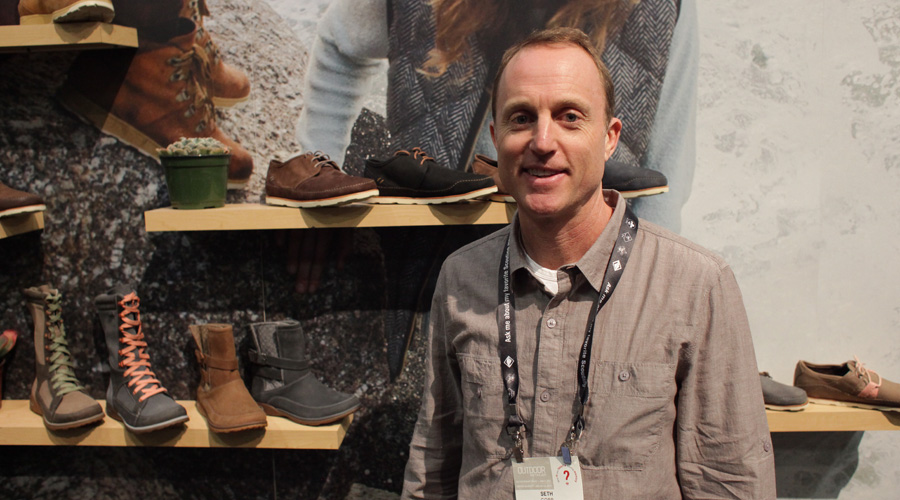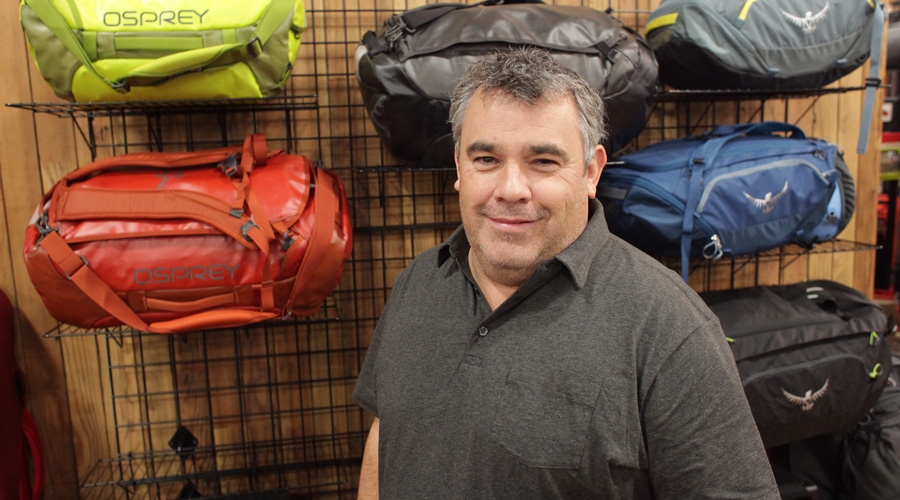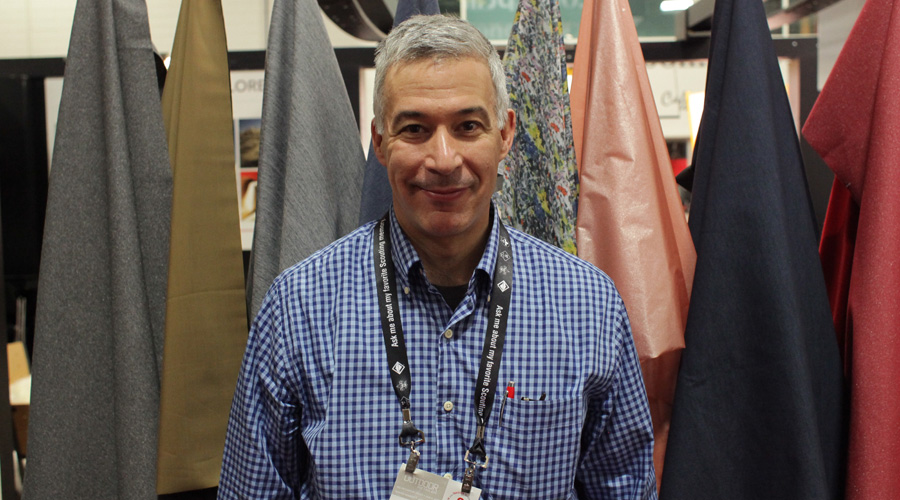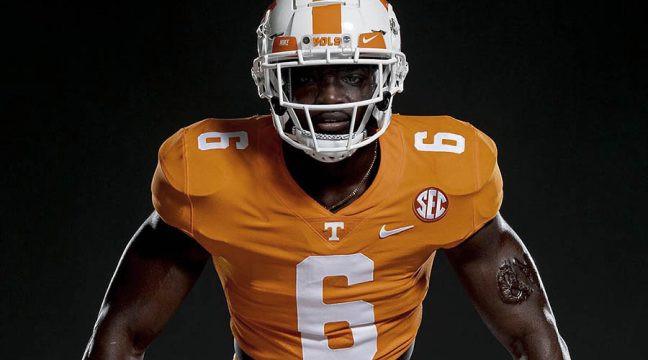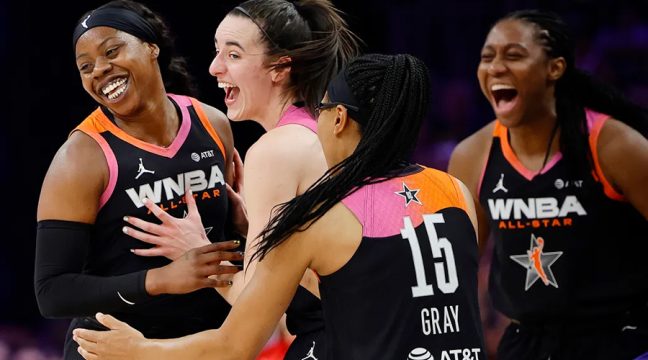By David Clucas
Outdoor Retailer Winter Market 2017 wrapped up in Salt Lake City January 12 with most brands and retailers feeling upbeat about the season, which continued to bring chilly and snowy weather to much of the country after a very slow start.
Utah’s mountains, in particular, were hit hard by a storm during the week, bringing more than two feet of fresh powder to the region.
Sea Of Sameness
While a cadre of new innovations and improvements debuted across the show floor — including new synthetic fills better mimicking the performance of down and more environmentally friendly durable water-resistant treatments — there was also the sentiment of a “sea of sameness” when it came to gear at the show.
“Almost every brand here makes great product,” said Justin Walford, general manager at Icebreaker North America, admitting that the brand has seen some of that competition erode its market share in the merino and performance baselayer categories, despite still seeing decent growth for the brand year over year.
Beyond innovating, Icebreaker and countless other companies that SGB talked to at the show stressed the importance of gaining greater emotional connections to the consumers — something beyond just an online transaction. That’s increasingly pertinent as fewer consumers buy their gear from brick-and-mortar outlets, where those personal connections were traditionally made. Now brands are trying to achieve those emotional connections through digital storytelling, videos and social media engagement. Companies also have to have a purpose beyond just products, added Icebreaker Head of North America Marketing Trudie Abel.
“It’s not just storytelling but story doing,” she said. “We’re looking to separate from the sea of sameness. Our story is what is unique.”

Justin Walford, General Manager, North America, Icebreaker & Trudie Abel, Head of Marketing, North America, Icebreaker
The storytelling has to involve specialty retailers, too, officials said. Much in the same way that the physical sales process must work in a seamless, omni-channel way, so does the storytelling. Especially as consumers increasingly make purchases closer to their immediate needs, “emotion plays a big role,” Walford said.
At South Korean outdoor apparel brand Black Yak, which is making its North American debut, officials know there’s not only the hurdle of introducing the brand to the continent, but also driving home what makes its products unique. To that end, it’s created two-minute videos for each of its products explaining just how each one stands out, using layman’s terms and visual examples versus technobabble.
“Everything we do relates back to our story,” said Maximilian Nortz, Black Yak’s managing director of international business.
Invest In Tech
On the flip side of storytelling, brands also have to work the logical/functional side of the consumer brain, said Joe Flannery, senior vice president and general manager for technical apparel at Newell Brands, overseeing Marmot and ExOfficio.
“The headwinds are massive, but what’s winning is product innovation,” he said. “There is still a consumer with an appetite for that.” To be successful moving forward, he said industry brands will have to invest in different kinds of employees than they have before, especially on the digital and technology front. “That talent isn’t naturally here, yet,” he said, noting that Newell is establishing new digital technology offices to attract new employees to innovate for all its brands. “I hear ‘stay in your lane’ and ‘focus on the niche,’ for multi-line companies like Marmot, it’s time for us to experiment a lot more, push our boundaries and reach new customers.”
That could also be said of Under Armour, who is ramping up its push into the outdoor market, focusing on outdoor athletic performance, particularly in snowsports, trail running and hunt and fish.
“Being versatile doesn’t mean being generic,” said Jordan Wand, who heads up the brand’s outdoor apparel and accessories division. UA will target product that’s light and fast, but also very durable, he said. “We think there’s a white space between outdoor and athletic that we can fill very well.” UA is also proving that it can attract some veteran outdoor talent to the brand — Wand being one, formerly at Outdoor Research. This summer, UA also added former Mountain Hardwear President Topher Gaylord to its team.
Mixed Drinks
While body mapping and hybridization seem like pretty old ideas in softgoods, it was definitely a theme for many brands at the show that were looking to differentiate product. Sure, everyone has a Polartec fleece or GoreTex shell, but what are you mixing it with? Brands like Montane touted thermal imaging studies to show the different ways men and women expel heat, leading to significant design differences between the genders. One of its fall 2017 jackets employed four different ingredient brands.
More Insight
SGB talked to more than 30 executives at the show and our notebooks are filled with great observations. Here’s more insight that caught our attention:
“The consumer is less willing to wear mission-specific stuff. The goal now is ‘how many different things can I do today?’ They want something they can put on and leave on.” – Gary Smith, CEO, Polartec.
“To connect with youth, we have to show up where they live and play … that means going to college campuses and music festivals … engaging with them in a meaningful way.” – Seth Cobb, President, Chaco
“A more niche brand allows us to connect to the consumer. It allows us to speak with clarity. What I love about Osprey is that we have a bullseye. We don’t have blurry lines.”
“Talent acquisition across the industry is becoming a challenge. ‘Employment branding’ is the term of the day. The face of the American worker is changing rapidly, but the outdoor industry is behind. I think most brands know that, but they don’t necessarily know what to do about it.” – Layne Rigney, President, Osprey
“What resonates for me at this show is that the conversations are much deeper. It’s not just ‘what are we going to do together for this or next season … rather what are we going to do for the next three to five years to build true partnerships.” – Nathan Dopp, President, Fjallraven
“Direct-to-consumer has changed the way brands tell their story. They can tell consumers a different story for every product, right down to the ingredients, how they were made and where they came from.”
“The middle of the market is falling out. You are either premium or a commodity.” – Stephen Kerns, President, Schoeller Textiles USA
“The more transparency we have as a brand — flaws and all — the better. Consumers appreciate that.”
“Our most recent media campaign … we spent 2 percent on print and the rest was digital.” – Erik Burbank, CMO, Helly Hansen
“Our kids don’t watch TV … it’s all Snap Chat and Instagram. This is how they are going to make purchase decisions.” – George Curleigh, Vice President, Vasque
“Beyond a few iconic stores like Macy’s Herald Square, I don’t believe there will be department stores in 10 years,” Rob Coughlin, VP of Sales and Marketing, Granite Gear
“The internet opens the whole world of outdoor brands to everyone, so it comes down to trust. At Flylow, one phone call gets you to the CEO, and between us all, we ski 300 days a year and personally test every product.” – Micah Hinton, National Sales Manager, Flylow
Lead photo courtesy Outdoor Retailer

